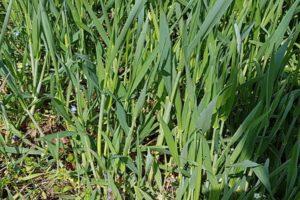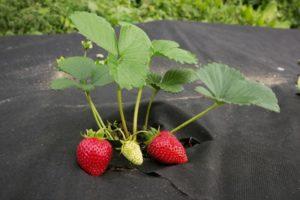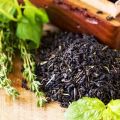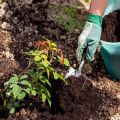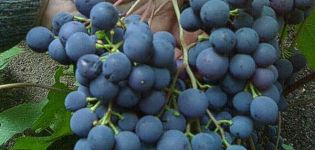Measures for effective ragweed control and descriptions of the best herbicides against weed
Anti-ragweed herbicides help increase yields. Indeed, even two weeds per square meter reduce soil fertility and reduce the amount of harvest by 15 percent. For the successful cultivation of almost all crops, it is necessary to combat weeds in the field. Ragweed is destroyed by spraying with a herbicide solution. The processing of the field is carried out in calm weather at a temperature of 10 to 24 degrees Celsius.
Weed description
Ragweed is an annual weed that quickly spreads across the field, taking away water and nutrition from the main crops. Propagated by seeds and root growth. The height of the weed reaches from 19 to 199 centimeters.
The weed has a straight, branched stem upward, twice pinnately dissected leaves, spike-shaped inflorescences with numerous yellow flowers. The weed has a long taproot. One bush remains viable for up to 40 years and produces over 200 thousand seeds. Mass shoots of weeds appear in May. The weed blooms in July-August. The pollen can cause allergic conjunctivitis. There are three types of ragweed: perennial, tripartite, wormwood.
What harm does ambrosia do
This weedy vegetation is dangerous for the land where grasses grow for livestock feed. Animals try not to eat this plant, as it contains a lot of essential oils. In addition, ambrosia impairs the taste of milk. This weed, unpretentious to the habitat, quickly spreads over the field and dries up the soil greatly. It oppresses the sown crops, takes away water and nutrients from them.
The strong root system of this weed prevents the seeds of grain crops from germinating. Selecting useful substances, ragweed itself can grow up to 3 meters high. To create one kilogram of green mass, this weed removes tens of liters of water from the soil, a lot of phosphorus, potassium and nitrogen. The plant, wherever it appears, begins to grow strongly, develops a powerful aerial part and root system.

Plant pest control measures
It is recommended to deal with ragweed in several ways. You can get rid of weeds by uprooting it. True, ragweed will have to be removed for several years in a row. Young shoots will appear on the field every season.
How to get rid of with herbicides
Ragweed is susceptible to many types of herbicides if used early in the growth of the weed (2 to 6 leaves).With later use of chemicals, the weed may show resistance to these drugs.
The most effective herbicides for combating ragweed are: Roundup, Grenadier, Impex Duo, Helios, Bazagran, Promex.
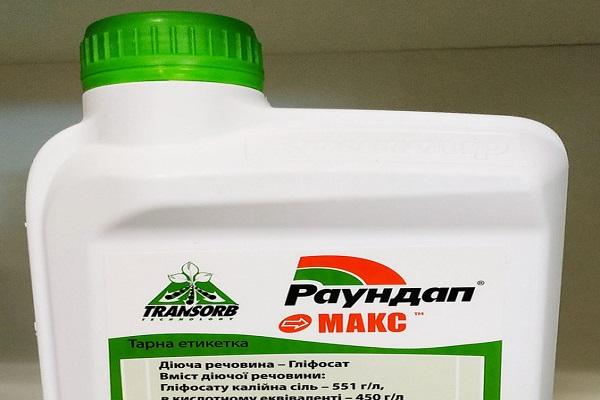
Mechanical impact
They try to get rid of ambrosia by constantly mowing this weed. However, mowing too often is harmful. After all, it provokes the branching of the root system and the appearance of new shoots. After each mowing, ragweed forms 2-3 times more shoots than was removed.
You need to mow the weed 3-5 times per season, preventing it from forming buds and blooming.
On the field, ragweed is fought by loosening, weeding, hilling, harrowing. After carrying out such agrotechnical measures, weeds are partially suppressed or completely destroyed.
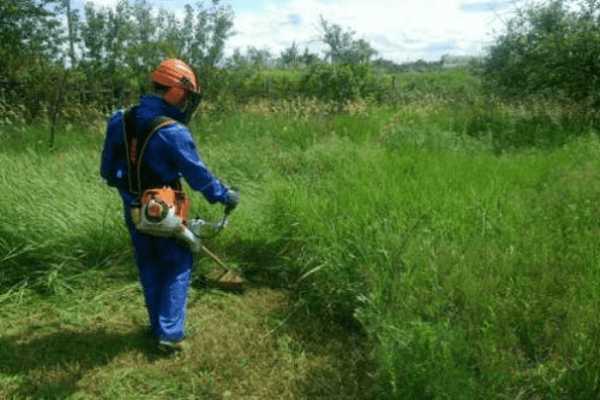
How to deal with a plant with biological methods
The biological method of weed control is considered the most budgetary. It will be possible to get rid of the weed with the help of the ragweed scoop or ragweed leaf beetle. Thanks to these insects, it is possible to control the spread of weeds. True, a person cannot influence the number of insects themselves.
You can fight ragweed by another biological method - displacement by perennial grasses. Alfalfa, mustard, foxtail, wheatgrass, fescue, wheatgrass, and rump are capable of winning the entire territory from this weed. If these grasses are constantly sown on pastures, then in 2-3 years they will displace ragweed.
How weed can be useful
Ambrosia is rich in vitamins, microelements, essential oils. All parts of this plant are used for medicinal purposes. Tinctures, ointments, decoctions are made on the basis of plant raw materials. Medicines are used externally and internally.

This plant is used to treat helminthiasis, dysentery, diarrhea. The herb has antipyretic, anti-inflammatory properties. The substances contained in this plant stop the growth of cancer cells. Crumpled leaves are used for compresses for wounds, bruises, radiculitis, osteochondrosis.
How to prevent ragweed
The most effective is the chemical protection of the field. Herbicides destroy this weed quickly and for a long time. Before using any of the drugs, dilute with water at the dosage indicated in the instructions.
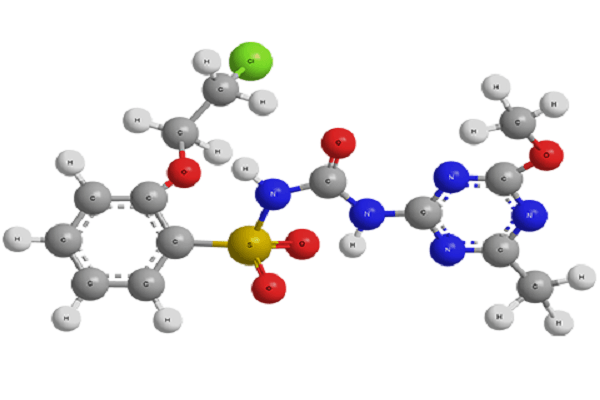
To combat ragweed, herbicides are used based on the following active ingredients:
- Dicamba. This substance is allowed to be used for the protection of cereals. The active substance stops cell division, inhibits the growth of weeds.
- Triasulfuron. This substance, in combination with dicamba, is used to protect grains. After spraying, the weed immediately stops growing, and after 10 days signs of wilting appear (necrosis, chlorosis). Complete death occurs after 2-4 weeks.
- Prosulfuron. Protects crops from weeds. This herbicidal agent can be used in the early stages of growth.
- Glyphosates. The herbicide disrupts the processes of protein synthesis, blocks photosynthesis and respiration of weeds, and leads to wilting. Glyphosates are applied prior to sowing the main crops.
- Dimetenamide-P. It is used for pre-emergence and post-emergence treatment. If there is a lack of moisture, this agent can be embedded in a moist soil layer. The drug inhibits the cell division of weeds.
- Pendimethalin. The product is used before sowing or emergence of main crops. In dry weather conditions, the herbicidal agent is embedded in the soil.
- Imazamox. Suppresses the biosynthesis of proteins, leads to the death of leaves and growth points. The herbicidal agent takes effect immediately after spraying.
- Bentazone. Inhibits the processes of photosynthesis. Weeds stop growing and die quickly.
- Thifensulfuron-methyl. Stops cell division, inhibits the ALS enzyme.A few hours after spraying, the weed stops growing and begins to wilt.
- Imazethapyr and chlorimuron ethyl. It is used in the early stages of weed growth, regardless of the development phase of the main crop.
